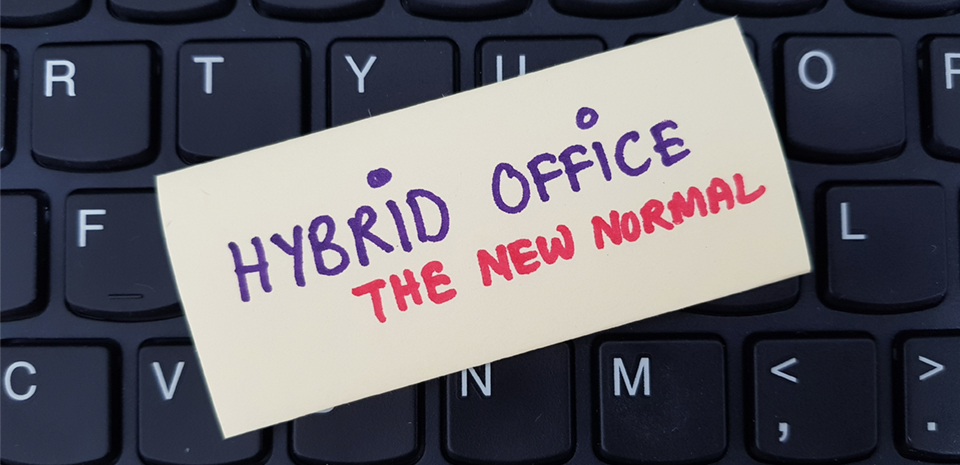Welcome to the era of hybrid teams. As the economy starts to open up, we’ve started to slowly transition back to the office. Employees are given the option to work remotely and go into the office a few times a month.
Some employees have enjoyed the flexibility of remote work and being able to tend to their children and other appointments during the week; while others are eager to get back the focus of working in an office. Many managers are finding themselves faced with the decision of figuring out the best solution for all employees – giving rise to the hybrid teams.
When companies adapt and cater to their employees’ needs, they see higher levels of productivity and profits. It makes good business sense for managers to keep working toward figuring out the best way to keep their employees motivated and happy at the organization.
Managing Hybrid Teams Effectively and Efficiently
To effectively manage employees who opt for a hybrid work model, it’s important to have a strategy in place. Here are some helpful tips when managing your hybrid employees.
Set expectations and trust
Once you have set expectations about the logistics of how and where your employees will be working, it’s important to trust that they will do their jobs efficiently. This means you must avoid the urge to micromanage your team. Foster a culture of trust by evaluating the quality and efficiency of their work – not by how much time they spent sitting at their desk. You can set up regular meetings to touch base and clearly communicate expectations, goals, and deadlines.
Improve communication
Communication will be a crucial part of the process. It might take some time to figure out the best communication structure and how the team can communicate their questions. You will also need to work out how you will keep everyone informed with updates on projects. When working in situations with hybrid employees, make sure every member of the team gets information at the same time. You may need to adjust communication during meetings accordingly as well. For example, if there are any side conversations or other notes made offline, let your remote employees in on those details to ensure nothing is missed. Having regular check-ins is key to identifying what projects need to be prioritized and what the important deadlines are.
Set up 1:1 meetings to empower and provide necessary feedback to your employees on a regular basis. While video conferencing makes group meetings with attendees in different locations more efficient, don’t let that replace the valuable 1:1 time (online or in person) with each of your team members.
Flexibility-first mindset
After a year of working remotely, you now know that your team can be productive from anywhere. Since some team members are hybrid, make sure to keep this flexible structure in mind when prioritizing meetings and projects for your remote employees to take part in. Remote employees should not be excluded from important meetings just because they are not physically there!
Focus on inclusion and equity
All employees, regardless of whether they choose to come to work or not, must be included and treated equally. Sometimes people may feel like employees who go to work are more productive, but this is not always the case. As managers, you need to ensure all your employees feel they are part of the team. This is especially important if they are unable to go into the office with other members.
Add an element of fun
Try scheduling social meetings and allow room for informal communication, when possible, to make employees feel connected outside of work. You could organize occasional virtual meetings with employees or give some time during meetings to open the floor for themed discussions that are aligned with interests outside of work.
Pay attention
Your employees need to feel supported. That’s why you need to make sure that you are paying attention to each member of your team. If you feel like someone has been acting differently or seems stressed out, it might be a good idea to check in to make sure no one is feeling burned out. This can be tricky, especially when you’re managing a mix of employees. However, showing that you care about their well-being will go a long way in helping them feel engaged and perform at their best.
Lead Your Hybrid Teams to Success
When it comes to adapting and changing guidelines in an organization, there will always be things that need improvement. Get feedback from your team and take some time to assess what’s working and what can be done better. Change takes time but will be worth it in the long run! Especially if it means keeping your employees engaged, productive and less stressed when it comes to their work.
Looking to hire and need help? Our specialized recruiters are here to support your unique staffing needs. Contact us today.







